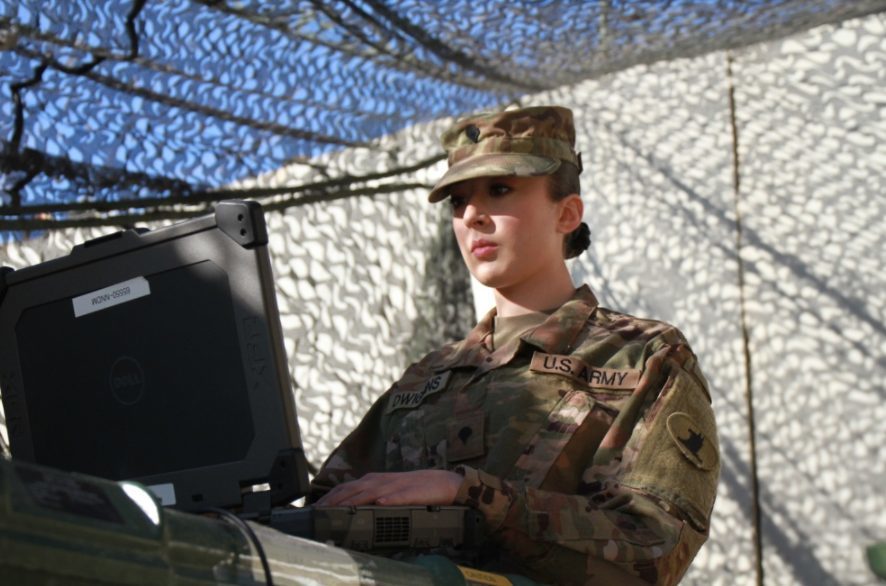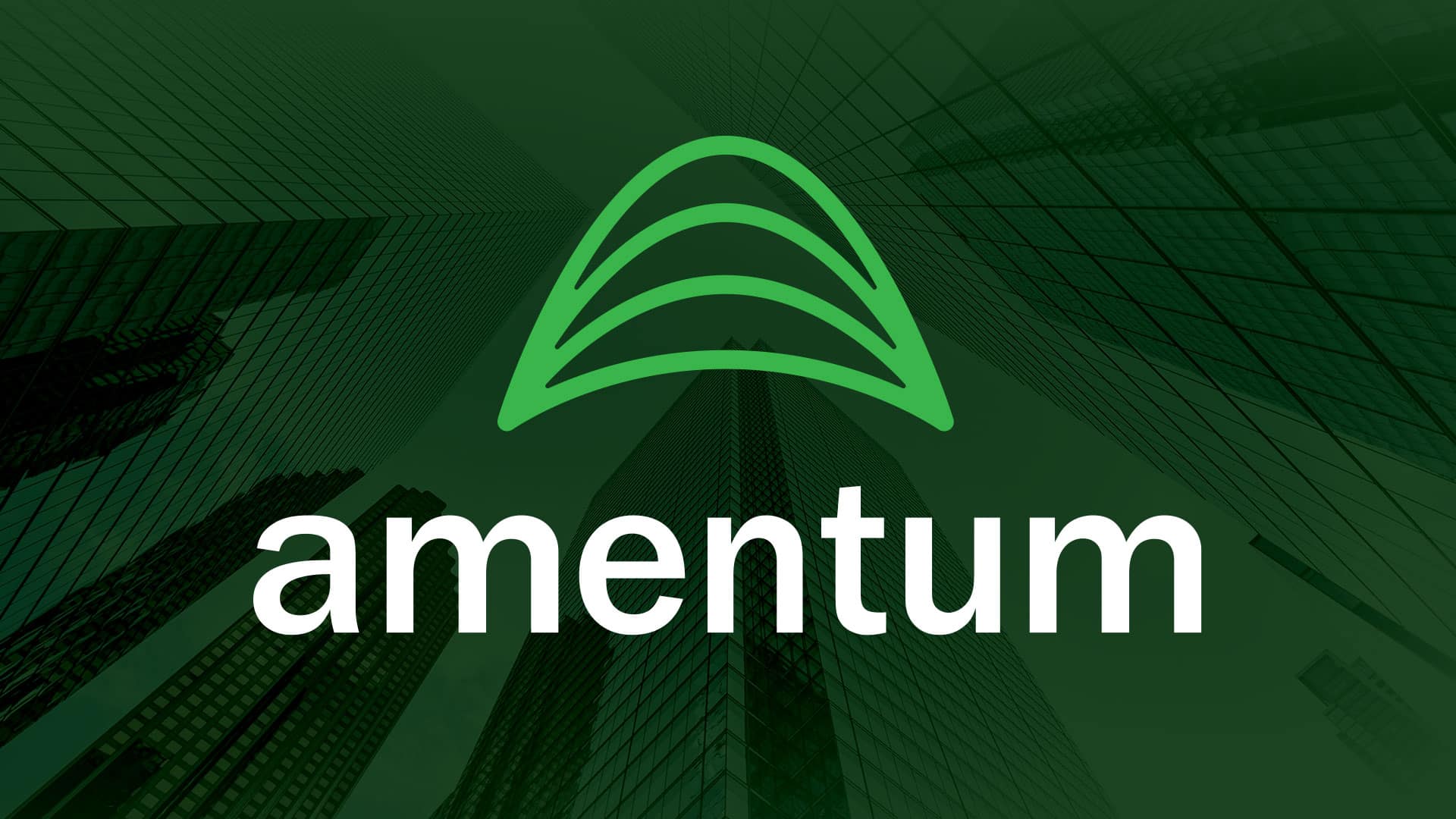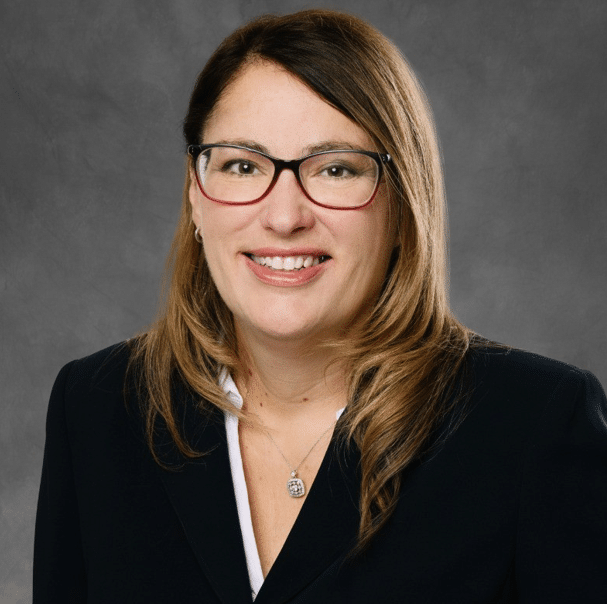Aligning Total Package Fielding to Agile Development

By Mallory Arnold
Technology is advancing at a rapid pace. Whether via iterative and incremental technological advances, or rapid disruptive new technologies, one thing is certain: even the latest technology can become obsolete in a matter of years or months. Changes in technology affect the way the Army fights adversaries and paces the threat.
But in addition to changing the way we fight, technology has also changed the way we buy. The rapid pace at which technology advances has been a driving force in acquisition reform. The Army is transforming from legacy acquisition to a technology driven process that aligns with Agile and iterative product/capability development. A recent example is the Army’s Tactical Network (TN). Project Manager TN has streamlined the process for developing and delivering tactical network capability. As one Capability Set (CS) is fielded (i.e. CS 21), development of the next CS (i.e. CS 23) is underway, and so on.
Additionally, we have seen an increase use in Cooperative Research and Development Agreements (CRADAs), Other Transaction Authorities (OTAs) and Consortia such as the Aviation & Missile Technology Consortium (AMTC), Consortium for Command, Control, and Communications in Cyberspace (C5), DoD Ordnance Technology Consortium (DOTC), Countering Weapons of Mass Destruction (CWMD), Sensors, Communications, and Electronics Consortium (SCEC) and several others.
Eventually all this technology needs to make it into the hands of our Soldiers via the Total Package Fielding (TPF) process. The act of fielding new technology to theaters of operation is prescribed by Army Regulation (AR) 700-142 Chapter 5, Section II and AR 700-127. Our ability to provide smooth and complete fielding to any unit is tied explicitly to our understanding and execution of the fielding process. Even within a prescribed process we can streamline, innovate and be agile. We think of fielding as a value chain. As we examine each step in the process, we can look for ways to economize and encourage agility. The following are some of the ways Amentum has added value to the TPF process and addressed common challenges to help deliver capability to the warfighter.
Leverage Worldwide Footprint: Companies that support hundreds of sites across the Contiguous States and the District of Columbia (CONUS) and Outside the Continental United States (OCONUS) can leverage deployed resources such as logisticians and technicians where possible to reduce costs. This helps to align TPF with Army modernization initiatives while increasing staff utilization and lowering the cost of deployment.
Process Management: The key to success in fielding activities is derived from strict adherence to the process. We can break this down into Process-Oriented Tasks and Cost-Driven Tasks. All process-oriented tasks demand understanding of the critical path that creates success. Leveraging workflow management tools can help reduce costs by creating process efficiency. We use these tools to create automated workflows that, as an example, could gain approvals from customers faster or generate an audit to support billing. Cost-driven tasks include travel, inventory, and shipping. For example, one best value approach for a cost-driven task such as mission travel is to phase in personnel at the site based on participation in scheduled activities and travel to the next mission or returned to home station when complete.
Rapid Fielding Initiative (RFI): The RFI was launched in 2002 in response to urgently needed equipment and gear by units in Afghanistan. The RFI helped to ensure that all soldiers were outfitted with the most advanced equipment available. It implemented Lean Six Sigma concepts to minimize duplicative fielding of equipment. Lessons learned from the RFI and Lean Fielding showed significant cost savings and reduced errors during the fielding process. For example, units are often inundated with “mandatory” equipment that becomes extraneous and burdensome down the road. Our team leverages lessons learned from the RFI and decades of fielding experience to inject innovation and agility into the fielding process.
Use of Middle Tier of Acquisition (MTA) Rapid Fielding: The MTA path allows for rapid fielding of production quantities of systems that require minimal development within 5 years. Technologies that have mature Technology Readiness Levels (TRL) can be rapidly prototyped and fielded within 5 years of program start. Amentum has assisted customers with these types of acquisitions, through SETA support and acquisition support contracts.
Streamline Dependencies: Travel dependencies during fielding can cause delays. We have streamlined the approach to process travel requests and send staff on Temporary Duty Assignments (TDY). This has become increasingly important with COVID-19 concerns.
Analyze the Mission: One of the ways we can add efficiency to the fielding process is to analyze mission locations. Using our worldwide footprint, we have phased fielders in and out rather than keep them in a TDY status for long periods of time. This works well for equipment that doesn’t require long integration. Additionally, when staffing up for a mission, it is beneficial to source and hire talent near where the work will be performed. We take advantage of placing people near the Army’s Field Support Brigade Hub’s, thus reducing travel and other TDY costs. This is especially important since fielding locations are often planned and predictable.
New Equipment Training: NET is performed as a part of the Total Package Fielding process. Successful NET is critical to ensure Army units learn how to leverage new weapons and computer systems. NET Instructors must 1) understand the Soldiers’ mission, 2) understand the equipment/weapon or system, and 3) be able to articulate and contextualize use cases for the equipment. Throughout our corporate history, we have learned that Soldier and unit training is critical to survival on the battlefield. We implement NET tracking tools that automatically create training history and visibility into audit trails. These tools provide innovation in two main ways: 1) they provide transparency for PM Offices and Army stakeholders, allowing them to track TPF and NET objectives, and 2) these tools give units the confidence to know that their soldiers are trained. Paper based attendance rosters are a thing of the past. The right administrative tools allow data to be collected and harvested so unit Commanders have Situational Awareness (SA) of their staff’s equipment competency.
Just as advancing technology drives acquisition innovations, we must look for ways to be innovative and agile throughout the Total Package Fielding process by aligning the deployment of equipment with the way the Army acquires and trains Soldiers – making them better, faster, more resilient, at the speed of technology.
Amentum has several fielding and logistics contracts that support critical Army network equipment, C5ISR platforms and systems, logistics agencies and regional sustainment centers. We provide full lifecycle management, Integrated Logistics Support, and Total Package Fielding.

